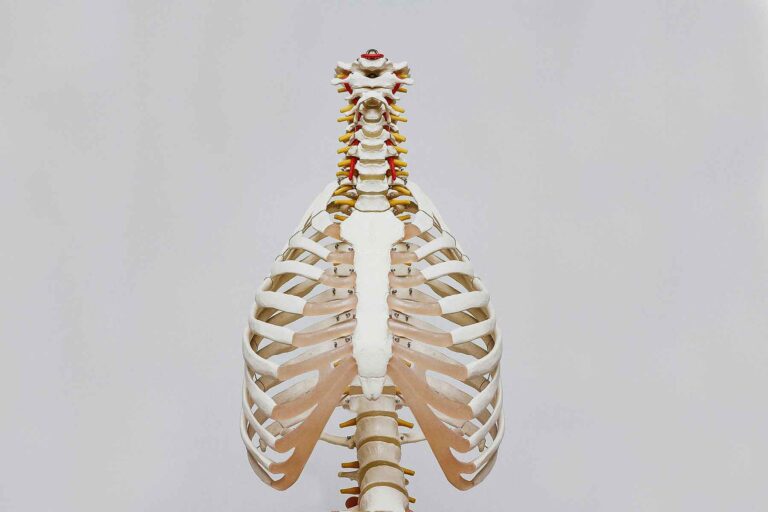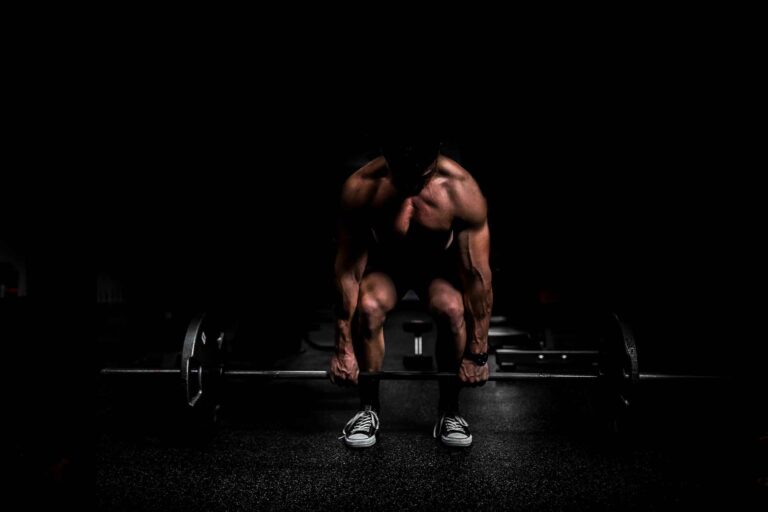
Flared Ribs and Breathing Issues: Understanding the Connection and Finding Solutions
Visit these pages and apps to continuous your journey.
Flared ribs, a condition where the lower ribs protrude outward, disrupt the natural curve of the rib cage and can significantly impact health. Often seen as merely a cosmetic concern, flared ribs can lead to serious breathing issues, pain, and discomfort. This post will explore how flared ribs affect breathing, answer common questions, and provide practical solutions for managing this condition.
What Are Flared Ribs? and how to fix rib flare?
Flared ribs occur when the lower ribs angle outwards rather than following the natural downward curve of the rib cage. This misalignment can result from various factors, including:
- Poor Posture: Slouching or hunching over can cause the rib cage to shift out of its natural alignment, leading to rib flare.
- Muscle Imbalances: Weakness or tightness in certain muscles, particularly the core and back muscles, can pull the ribs into an abnormal position.
- Congenital Conditions: Some people are born with structural differences in their rib cages that predispose them to rib flare.
- Previous Injuries: Trauma or injuries to the rib cage can alter the shape and position of the ribs, leading to flare.
While flared ribs are not always painful, they can cause a range of symptoms, particularly when it comes to breathing.
Can Rib Flare Cause Breathing Problems?
Yes, rib flare can indeed cause breathing problems. The alignment of the rib cage plays a crucial role in the function of the diaphragm, the primary muscle responsible for breathing. When the ribs flare outward, the diaphragm may struggle to move efficiently, leading to shallow or restricted breathing. This can cause:
- Shortness of Breath: As the diaphragm’s movement is restricted, the lungs cannot fully expand, leading to a feeling of breathlessness.
- Fatigue: Inadequate oxygen intake can lead to chronic fatigue, as the body struggles to get the oxygen it needs.
- Anxiety: Difficulty breathing can trigger anxiety, which in turn can exacerbate breathing issues, creating a vicious cycle.
Breathing problems related to rib flare are not just physical; they can also affect mental well-being. The constant struggle to breathe properly can lead to stress and anxiety, further compounding the problem.
Rib Pain and Breathing Difficulty: What’s the Link?
Rib pain is a common symptom associated with flared ribs, and it often goes hand in hand with breathing difficulties. The pain can be caused by:
- Muscle Tension: The abnormal positioning of the ribs can cause tension and strain in the surrounding muscles, leading to discomfort and pain.
- Nerve Compression: The protruding ribs may compress nerves in the rib cage, leading to sharp, shooting pains, especially during deep breaths.
- Inflammation: The constant strain on the muscles and tissues surrounding the flared ribs can lead to inflammation, further contributing to pain and discomfort.
This pain can become more pronounced during physical activity or deep breathing, as the movement of the rib cage exacerbates the strain on the muscles and tissues. Over time, this can lead to chronic pain and a reduced quality of life.
Can Rib Pain Cause Shortness of Breath?
Yes, rib pain can indeed cause shortness of breath. When the ribs are not aligned properly, they can press against the lungs, limiting their capacity to expand fully. This restriction can result in a sensation of breathlessness, especially during physical activity or stressful situations. The pain associated with rib flare can also cause individuals to take shallow breaths to avoid discomfort, further reducing oxygen intake and leading to feelings of breathlessness.
Rib Pain and Trouble Breathing During Pregnancy
Pregnancy can exacerbate rib pain and breathing difficulties, especially in women with flared ribs. As the baby grows, the expanding uterus can push the ribs further out of alignment, leading to increased discomfort and breathing challenges. Pregnant women may experience:
- Increased Rib Pain: The added pressure on the ribs from the growing baby can lead to more pronounced pain, especially in the later stages of pregnancy.
- Breathlessness: The displacement of the diaphragm by the uterus can make it even more difficult for pregnant women with flared ribs to take deep breaths.
- Postural Challenges: The changes in posture during pregnancy can exacerbate rib flare, leading to further discomfort and breathing issues.
Managing rib pain and breathing difficulties during pregnancy requires careful attention to posture, gentle stretching exercises, and, in some cases, consultation with a healthcare professional.
Can Slipping Rib Syndrome Cause Breathing Problems?
Slipping rib syndrome, a condition where the ribs move out of place, can also cause breathing problems. This condition often occurs in conjunction with flared ribs and can lead to similar symptoms, including:
- Sharp, Sudden Pain: The ribs can move suddenly, causing sharp pain that can make it difficult to take a deep breath.
- Restricted Breathing: The movement of the ribs can compress the lungs, limiting their ability to expand fully and causing breathlessness.
- Muscle Spasms: The instability of the ribs can cause muscle spasms in the surrounding area, further restricting breathing.
Slipping rib syndrome is a serious condition that requires medical attention. Treatment may include physical therapy, pain management, and, in some cases, surgical intervention to stabilize the ribs.
Rib Flare Breathing Problems: Finding Solutions
Managing flared ribs and the associated breathing problems requires a combination of lifestyle changes, exercises, and, in some cases, medical intervention. Here are some effective solutions:
- Postural Correction: Improving posture is essential for reducing the severity of rib flare. Regularly practicing exercises that strengthen the core muscles, particularly the transverse abdominis and obliques, can help pull the ribs back into alignment. Good posture not only improves the appearance of the rib cage but also enhances breathing efficiency.
- Breathing Exercises: Specific breathing exercises, such as diaphragmatic breathing, can help retrain the diaphragm to function more effectively, even with flared ribs. These exercises encourage deep, full breaths, which can alleviate shortness of breath and improve lung capacity. Practicing these exercises regularly can help improve overall breathing efficiency and reduce feelings of breathlessness.
- Physical Therapy: Working with a physical therapist who specializes in postural correction and breathing mechanics can provide personalized guidance and exercises tailored to your needs. This can be particularly beneficial for addressing both the cosmetic and functional aspects of flared ribs. Physical therapy can also help manage pain and discomfort associated with rib flare, improving overall quality of life.
- Pain Management: For those experiencing rib pain, managing discomfort is key. This can include using hot or cold compresses, taking over-the-counter pain relievers, or practicing gentle stretching exercises to relieve tension in the muscles surrounding the ribs. Pain management strategies can help reduce the impact of rib flare on daily life and improve overall comfort.
- Regular Monitoring: If you notice persistent or worsening symptoms, it’s important to consult with a healthcare professional. They can assess the severity of your rib flare and breathing issues and recommend appropriate interventions, which may include imaging tests or further physical evaluations. Regular monitoring can help identify any changes in the condition and ensure that appropriate treatment is provided.
FAQs
Hormonal imbalances can affect men of various ages, although the specific causes and symptoms may differ.
The timeline for improvements varies, but consistent lifestyle changes yield positive results over time.
Yes, natural remedies, including dietary adjustments and stress management, can contribute to hormonal balance.
Certain processed foods may disrupt hormonal harmony; a balanced and nutrient-rich diet is key to maintaining balance.










